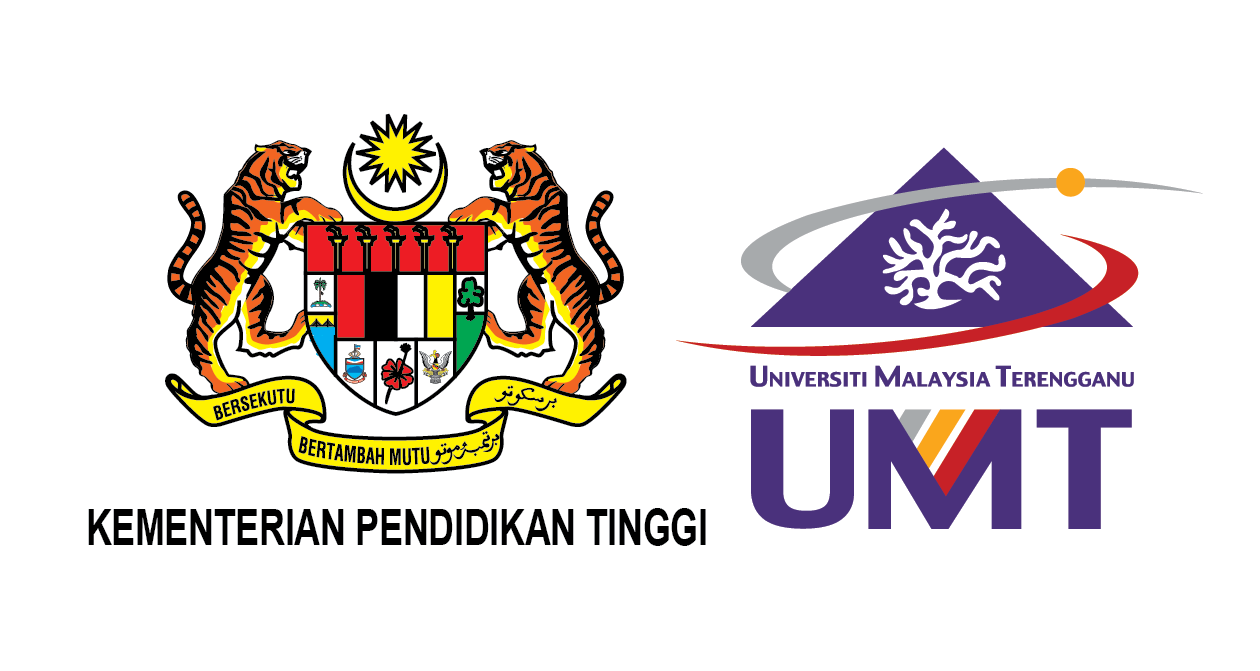Please use this identifier to cite or link to this item:
http://umt-ir.umt.edu.my:8080/handle/123456789/10590| Title: | Identification of fatty acid composition in epidermal mucus and skin of bluestreak cleaner wrasse (Labroides dimidiatus) |
| Authors: | Maziidah Ab. Rahman |
| Keywords: | LP 22 FASM 1 2009 Maziidah Ab. Rahman |
| Issue Date: | 2009 |
| Publisher: | Terengganu: Universiti Malaysia Terengganu |
| Abstract: | This study was perf onned to determine the fatty acid composition from epidermal mucus and skin of Bluestreak Cleaner wrasse (Labroides dimidiaJus) by using gas chromatography (GC) technique. The mucus and the skin samples were collected and 15 types of fatty acid were successfully found in this study. The mucus and skin extract was found to contain a high butyric acid (C4:0) composition which contributed approximately 28. 78% of total fatty acids. The other major fatty acids in the extract were palmitic acid (C16:0), elaidic acid (C18:l n9t), oleic acid (C18:l n9c), linoledaidic acid (Cl 8:2n6t) and myristoleic acid (Cl 4: l ) which accounted for 10.46%, 11.82%, 12.84%, 16.23 and 8.53% of total fatty acids, respectively. The highest percentage of butyric acid (C4:0) in the extract, was found to show the ability of L. dimidiatus to have a rapid cell proliferation in terms to initiate wound healing process in the body. Meanwhile, the presence ,of !auric acid (C12:0) was claimed to give antimicrobial effects to this fish in order to defense from secondary infection of bacteria. Interestingly, the ability of this fish to survive in parasitic environment maybe due to the establish composition ratio of myristic acid: oleic acid that will trigger cell function by decreasing the fluidity of the membrane, give structural rigidity and be a mechanism for tolerating parasitic environment.. This is the first report on fatty acid profile from skin mucus of L. dimidiatus and it is concluded that the mucus and skin extract of L. dimidiatus contains most of the fatty acids required to play a potential role of its defense mechanism. In the future, we can isolate genes that codes for fatty acid that contribute to defense mechanism of L. dimidiatus , apply in recombinant DNA without using this fish anymore and target to increase aquaculture management health strategies. |
| URI: | http://umt-ir.umt.edu.my:8080/xmlui/handle/123456789/10590 |
| Appears in Collections: | Fakulti Agroteknologi dan Sains Makanan |
Files in This Item:
| File | Description | Size | Format | |
|---|---|---|---|---|
| LP 22 FASM 1 2009 Abstract.pdf | 756.88 kB | Adobe PDF | View/Open | |
| LP 22 FASM 1 2009 Full Text.pdf Restricted Access | 4.31 MB | Adobe PDF | View/Open Request a copy |
Items in UMT-IR are protected by copyright, with all rights reserved, unless otherwise indicated.

